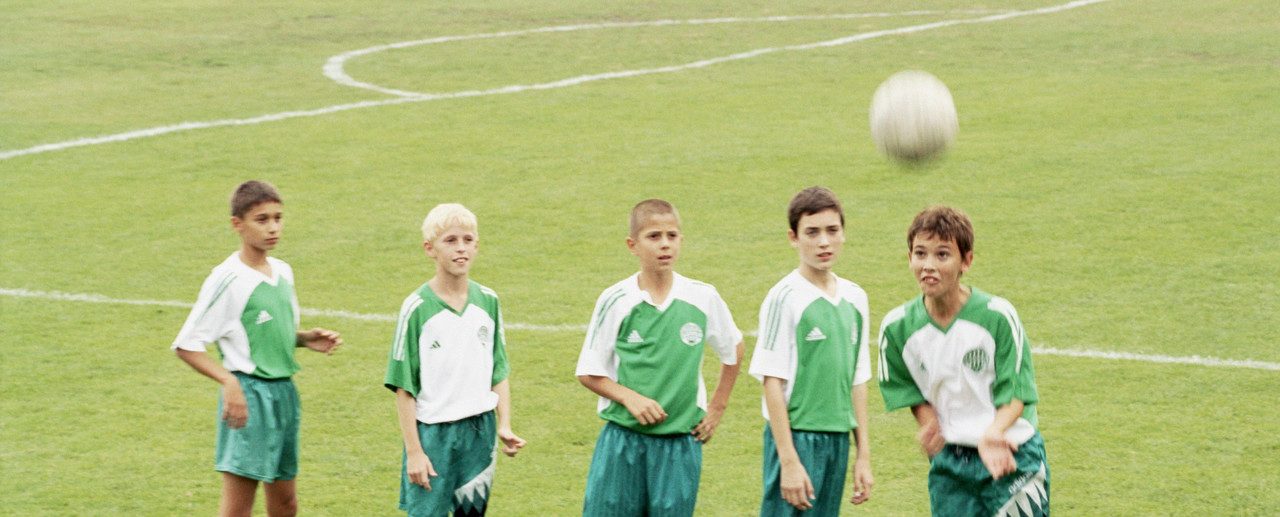February 23, 2018
Handling Versus Managing Temper Tantrums

Here are a few facts about temper tantrums:
• They are normal – all toddlers have them.
• They can be extraordinarily intense.
• They are impacted by how parents behave.
While all three facts are important, the last point is the big one.
It’s natural to fall into the mindset that you are stuck in the role of reacting to a temper tantrum when it happens, and handling it as best you can. But there’s really more to the story. You can, in fact, develop some strategies to help you manage those inevitable temper tantrums.
YOU MIGHT ALSO LIKE: 5 Ways to Raise an Independent Child
Let’s start at the beginning. It’s possible to reduce the likelihood of a tantrum – not fully prevent them because they should and will happen, but minimize their frequency and intensity. Think of a tantrum as your child’s physiology spinning out of control. The same way you take preventive measures to keep your car on the road, you can try to do the same with tantrums. Tantrums are more likely to occur when kids have a physiological need (e.g., when they are hungry, when they are tired). So as much as possible, try to arrange your outings and activities around these needs (e.g., go to mall when your child isn’t overly hungry or plan to eat when you get there). Of course, you can’t always have things line up properly, but then again, it’s in your best interests to try.
Also keep in mind that kids get antsy when they have nothing to do. Try to engage your child when appropriate (e.g., have them help look for items in the grocery store) or have something available that will occupy them. And think ahead to triggers – before you go to the store, have the chat about what your child can, and cannot, get while you are checking out. Stick to it, no matter what. First time around, it may not seem like the strategy is paying off, but it will deliver for you over time.
Even with all best intentions and efforts, tantrums will arise. Bear in mind your reactions matter. The rule of thumb is as follows: the less you react, the better off you will be. If you get upset or mad or emotional, the tantrum will escalate. That’s easier said than done, but it’s a key skill to develop. If your child really erupts, try to get him or her some place safe. See if you can redirect attention to anything else that would be appealing (e.g., a doggie) as long as it’s not something that is at the root of the tantrum (e.g., candy). That’s always the best strategy. And while it’s really hard, try to just let the emotion dissipate.
Once things have calmed down, you can talk about what’s going on. Keep in mind that researchers typically identify two big, and separable, emotions that can kick in during tantrums: anger and distress. They are different, and you should try to get attuned to see if your child leans toward one or the other, or both. That can help you direct the conversation in the right direction. If your child is angry, deal with that, and point out that we don’t always get our way and help him or her see that other good things will happen. So, if your child is angry you wouldn’t buy the candy in the checkout line, remind him or her that some other good food is on the horizon. Distress is a different beast – here look for what’s driving the sadness and how you can soothe it. You know how to do that, and understanding that your child is distressed directs your actions.
Managing tantrums is a short- and long-term strategy. Investing in consistent practices can help prevent them, help you control them, and give you tools to deal with them once they are over.


